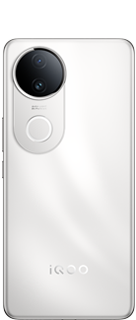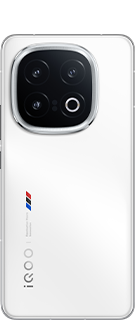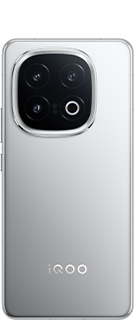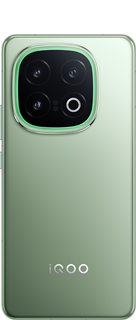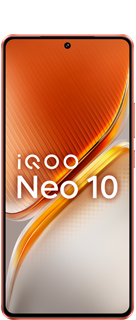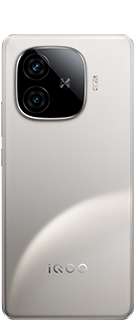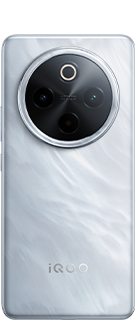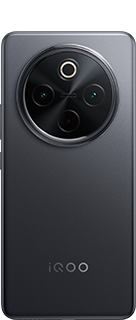3 reasons you should make sure PBO is enabled for your AMD Ryzen CPU

PBO allows AMD processors to dynamically adjust power limits, voltages, and clock speeds to improve overall performance.
With data from the chip itself, AMD's PBO will adjust PPT (Package Power Tracking), TDC (Thermal Design Current), and EDC (Electrical Design Current) without the need for any manual overclocking.
1) PBO is easy to activate

When set to "auto", PBO will still be constrained by predetermined TDP limits. This is best for when you're limited on CPU cooling and want to enjoy slightly longer boost times before the CPU throttles back.
PBO set to "on" is when the fun begins. This is when you'll consider upgrading to a 240mm AIO cooler if using a stock or aftermarket air cooler.
The amount of heat generated by the AMD chip with PBO enabled can be considerable.
2) Automatic overclocking

Manually overclocking your processor is a thing of the past, unless you plan to get as much performance out of your system as possible. It's just not needed anymore with modern AMD and Intel processors which have integrated features that can fine-tune clock speeds based on current loads and cooling capacity.
PBO does precisely this by dynamically configuring the processor as you use the PC
3) PBO can provide serious gains

There are trade-offs for activating PBO and that's power draw and heat. But if you have more than sufficient cooling, you can push your CPU harder, which should result in better results in your favorite games or software.

The higher up the AMD Ryzen stack you go, the less of an impact PBO may have, especially considering the Ryzne 9 series.
The 9900X can see a significant boost, but the 9950X is already right up there with what the architecture can handle — Your results will vary.
PBO is only worth it if you have adequate cooling

PBO will push your CPU hard and the attached cooler may not have the thermal headroom to handle the additional heat. For optimal results, it is recommended to use at least a 240mm AIO liquid cooler.
Source - XDA
Signing off
@iQOO Connect@NITIN@Aojesh@RZ Nitin@JStreetS@parakram_h@woahyash

Please sign in
Login and share

